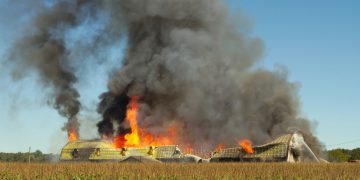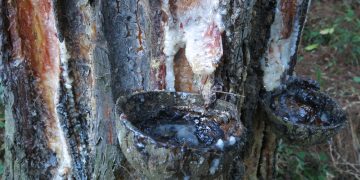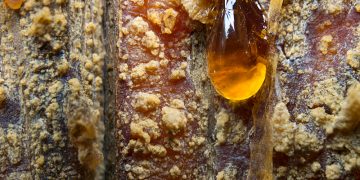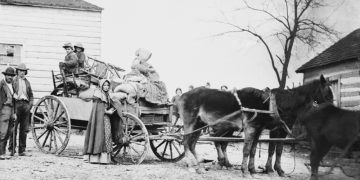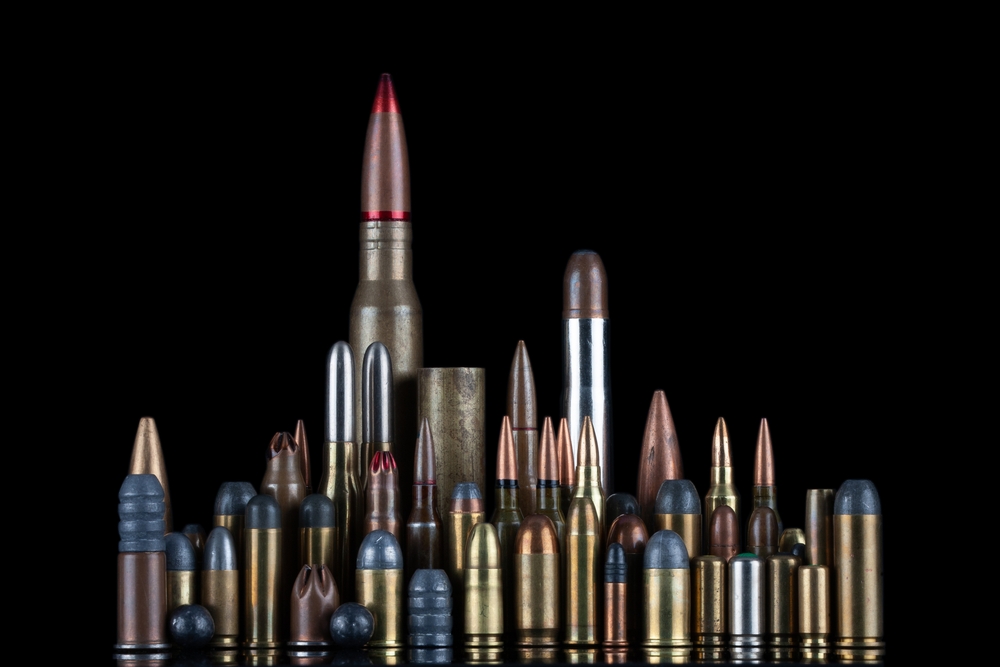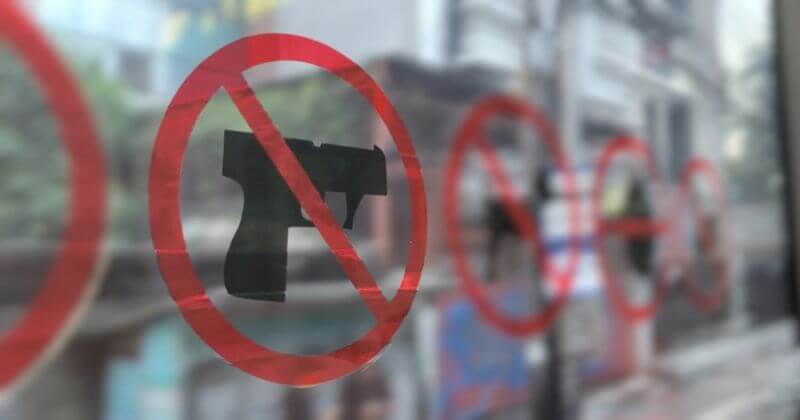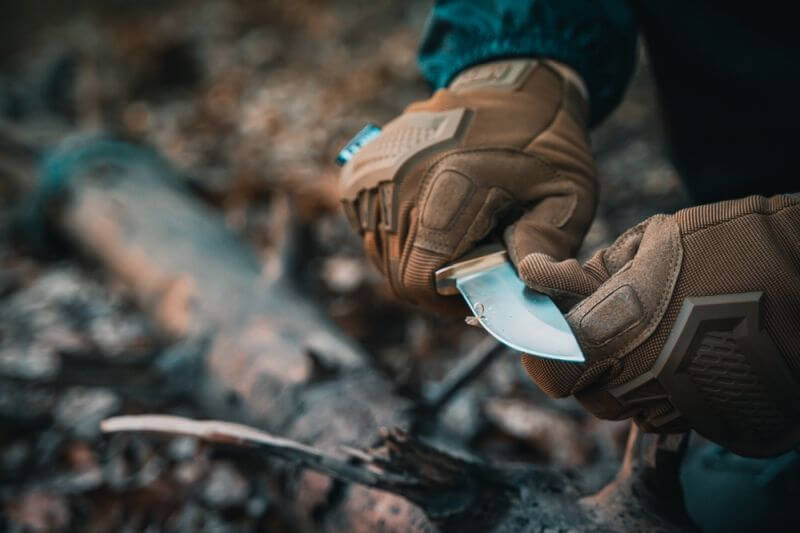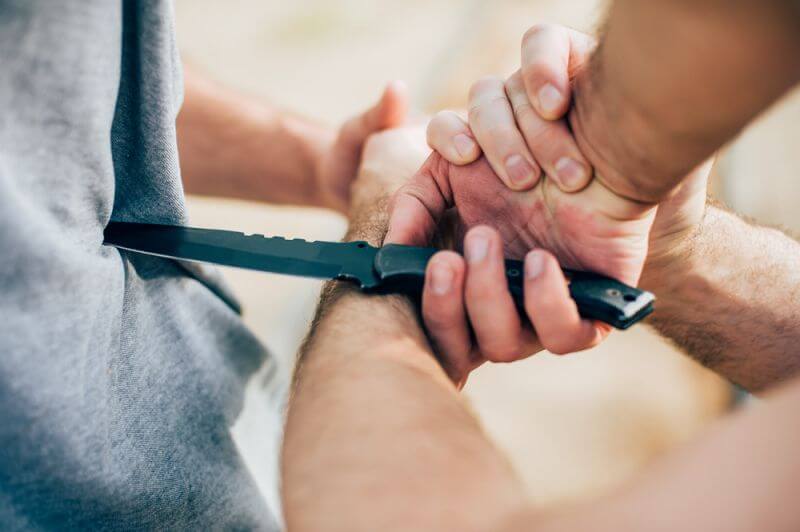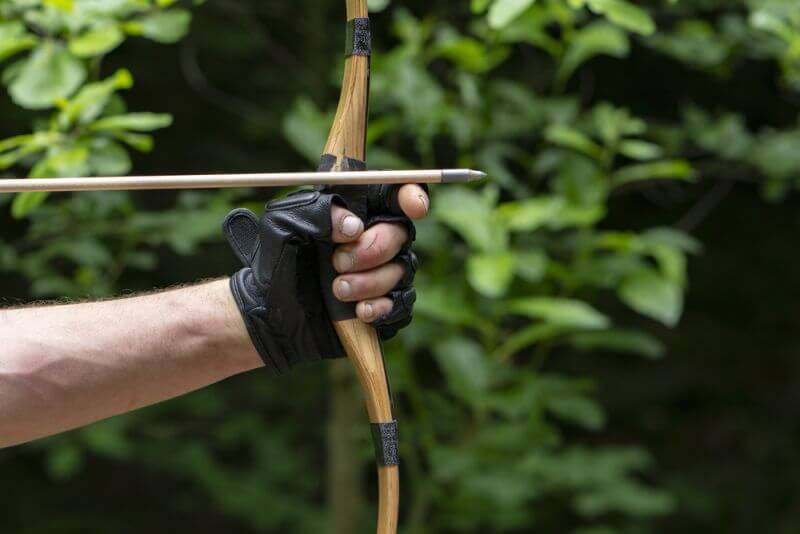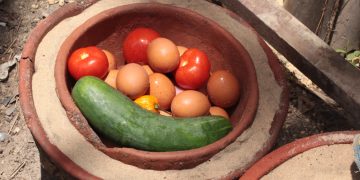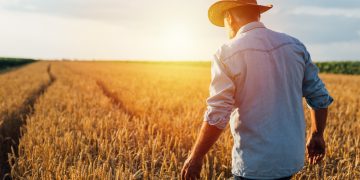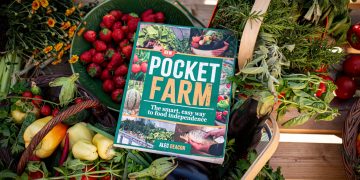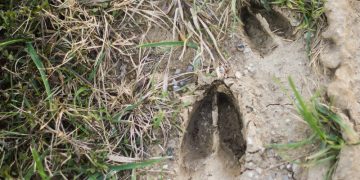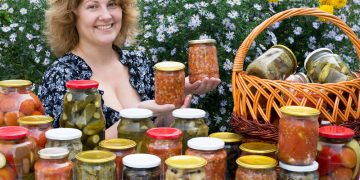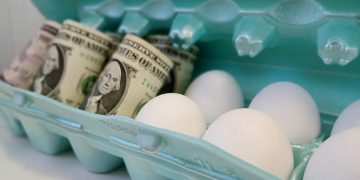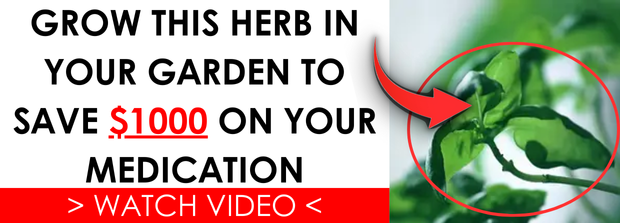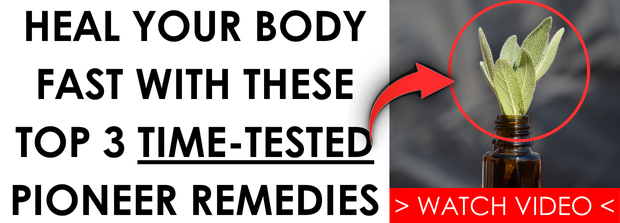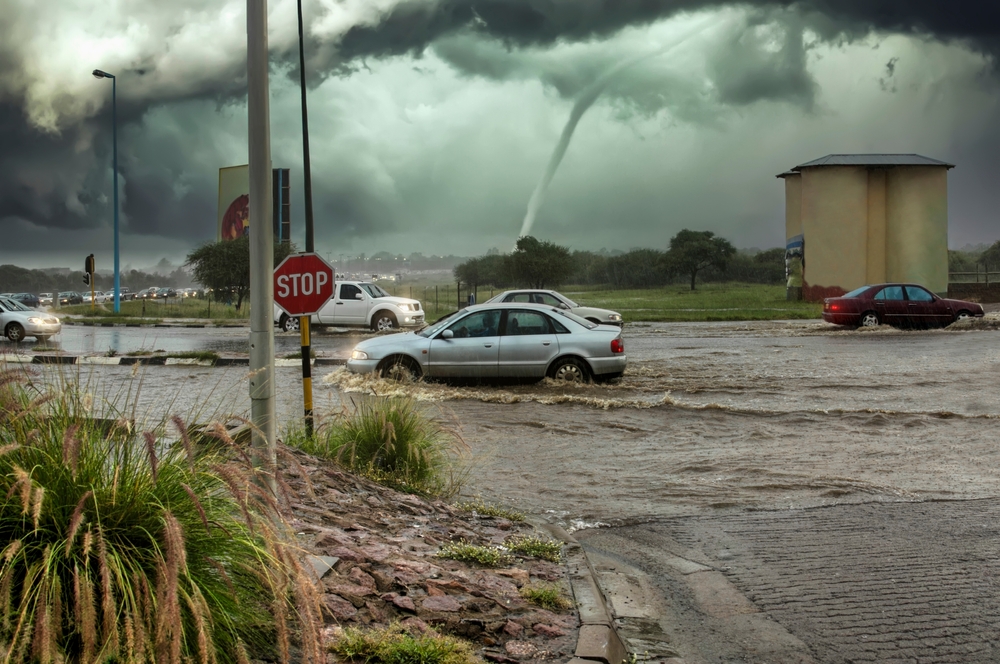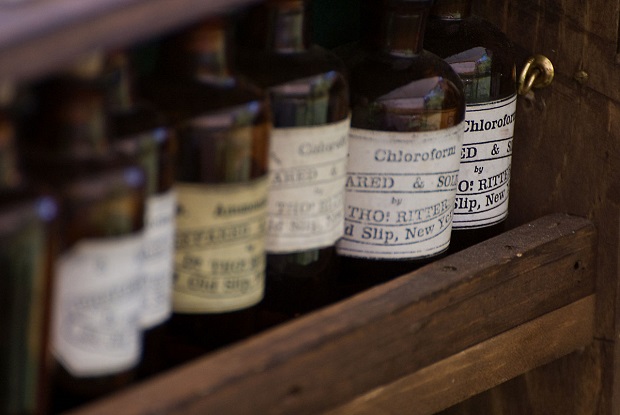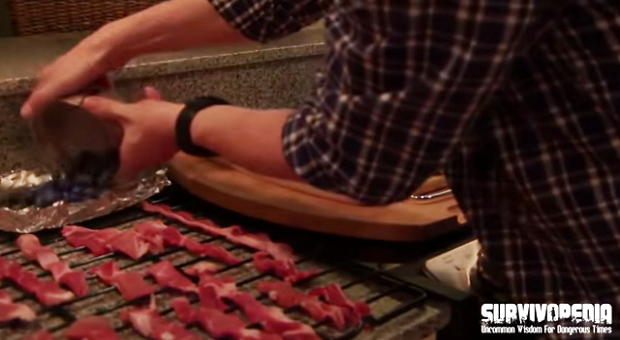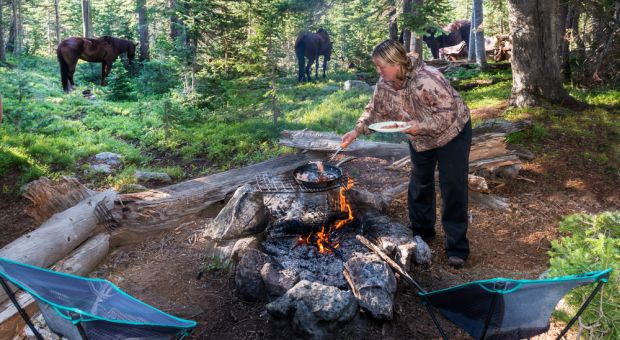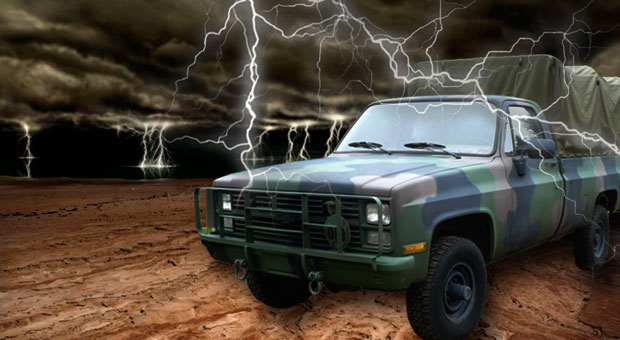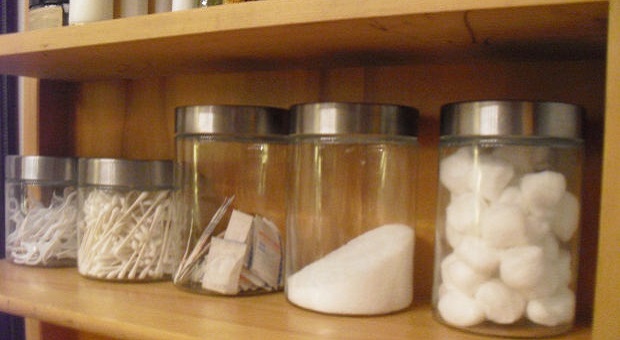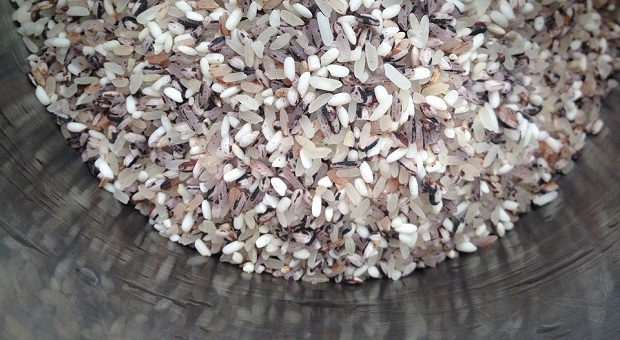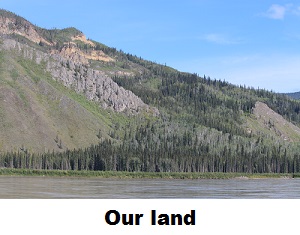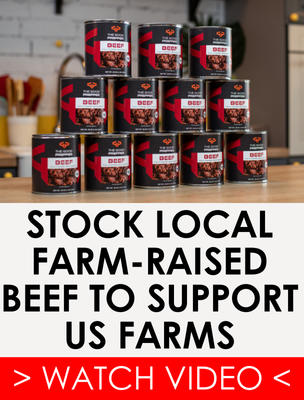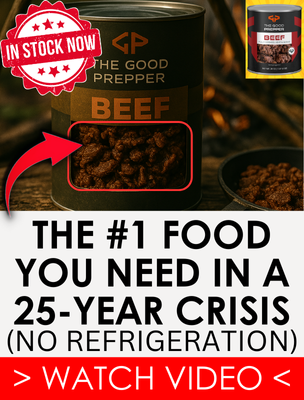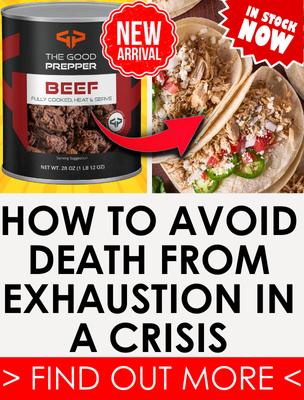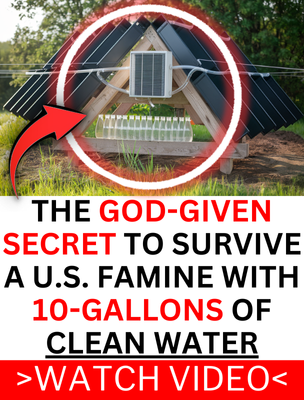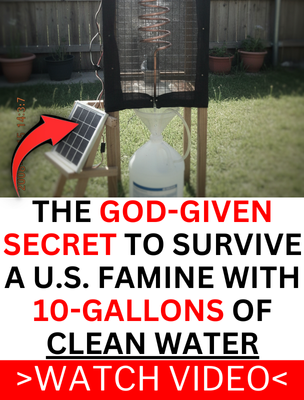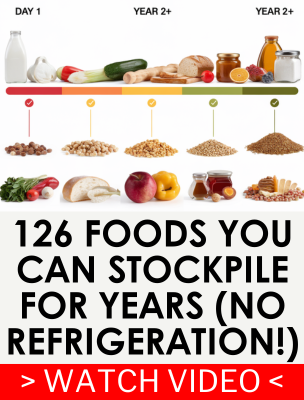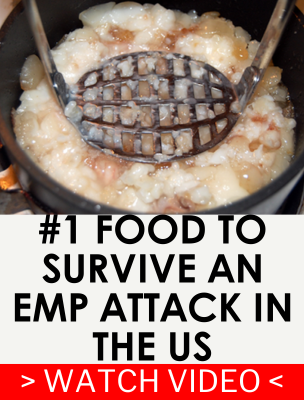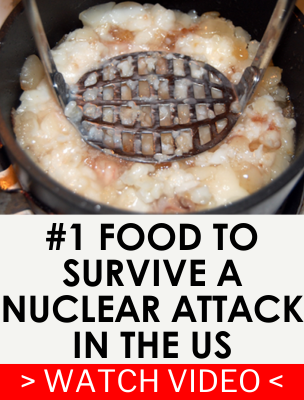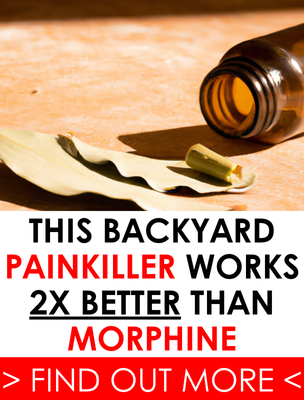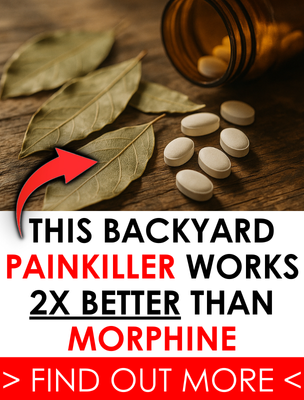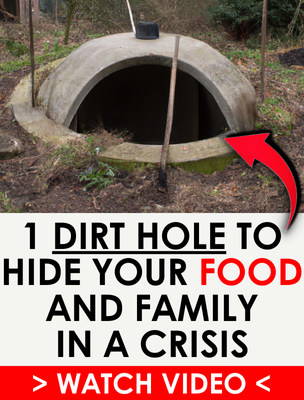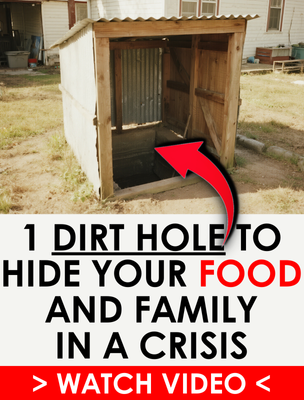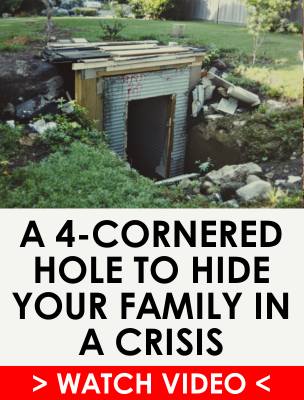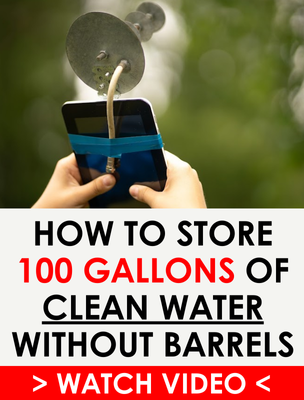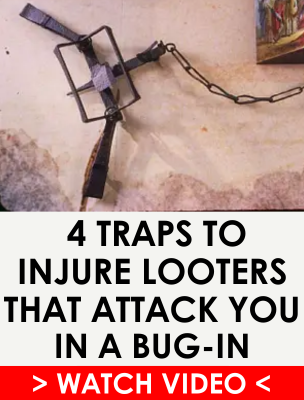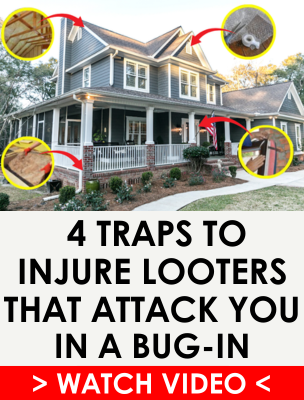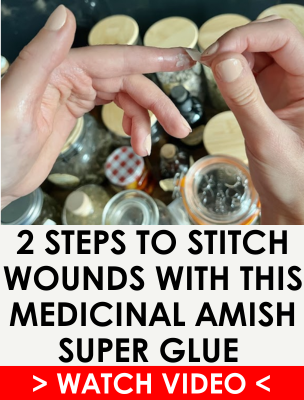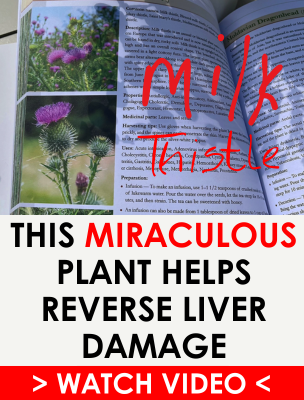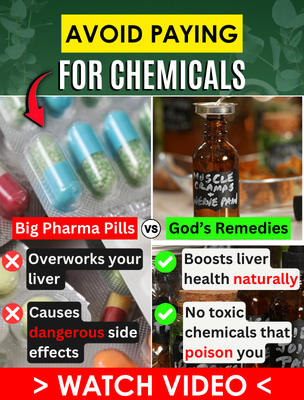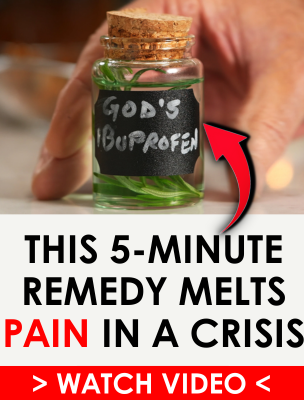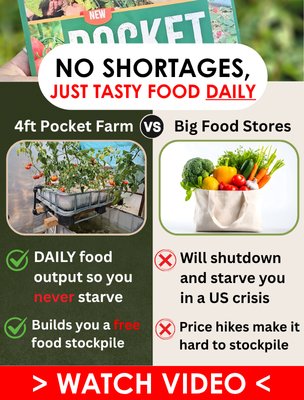What is compost?
Composting is the natural process through which soil is enriched, and nutrients are returned to it. You can see composting at work in any forest. Organic materials, such as leaves, branches and dead trees fall to the forest floor, they build up a layer of mulch and eventually decay into humus over months and years.
If all that material was hauled away, as happens in many homes and city parks, nitrogen, carbon, phosphorus and other nutrients are not returned to the soil so someone must apply fertilizer to keep the plants, bushes and trees healthy.
By ensuring optimal conditions for decay, organic material can be composted in weeks or months instead of years. Composting has long been recognized as improving soil health. Early records of composting date back nearly as far as records of agriculture.
Why should I compost?
First off, the compost people make at home is generally much better for garden soil than compost purchased from a store. The reason it is better is that store-bought compost is typically created from a single industrial byproduct, such as sawdust or carboard, whereas homemade compost may have leaves, yard trimmings, grass clippings, banana peels, eggshells, apple cores, providing a much more diverse array of nutrients than is found in commercial compost.
Roughly 25% of US household waste is green waste that could be composted. Households that don’t compost send their green waste to a landfill or a green waste facility to be composted by their municipality and sold back to the community as a sort of idiot tax or laziness tax. If you don’t compost and are purchasing compost, then you are willingly paying this special tax.
Materials that should be composted:
- Banana peels. Cut into small pieces.
- Citrus rinds.
- Coffee grounds.
- Corn Cobs. Must be shredded.
- Egg shells.
- Dead or dried flowers.
- Soiled hay. Let it weather first and add water as hay soaks up moisture and can rob water from the compost pile.
- Kitchen scraps such as carrot tops and peels, grape stems, potato peels
- Fallen leaves.
- Grass clippings and other green yard waste.
- Manure.
- Peanut shells.
- Soil.
- Used or spoiled straw.
- Before they go to seed.
Fortunately, composting is not rocket science. As previously mentioned, it is a natural process that will eventually happen all by itself, if you let it. But if you make sure that the compost gets optimal amounts of water and oxygen, you can speed up the process considerably.
One way to accomplish that is by using a commercially made composter, but then you are spending money to compost, which is supposed to be free, so some gardeners view that as a setback. Others will insist upon it to keep their yard looking neat and clean.
Another way to get the job done is to build a compost bin yourself. There is no shortage of DIY compost bin projects to choose from. You can build anything from simple holding bins to a turning composters that tumble the compost to aerate and mix it.
As for the more straightforward composting methods, you can choose between mulching, anaerobic composting, worm composting or hybrids of two or more systems. Mulching is simply applying organic material to the soil and letting it decompose. Anaerobic composting makes use of aerobic bacteria and decomposer organisms to break down material. A hot pile is a version of anaerobic composting where psychrophilic bacteria warm the pile until mesophilic bacteria arrive on scene and turn compost into heat, carbon dioxide and acids. Mesophiles do the heavy lifting of breaking the compost down into humus. Once the pile reaches about 120 °F (50 °C) thermophiles take over and finish the job. In the process, a compost heap can reach temperatures as high as 194°F (90 °C)! Once they finish, the pile will begin to cool and ants, earth worms, centipedes, millipedes, and fungi will inhabit the compost pile. (Cullen & Johnson, 1992)
A hot pile can turn compost into humus in a month or two. You can monitor the heat to determine when to turn the pile, but I wouldn’t worry too much about the small details or minor mistakes because even a cold compost pile will still eventually produce humus, it will just take longer. Because of this, some composters don’t sweat the details. They simply start a new pile every few months until they have four piles going. Within about a year, they have a new pile they are adding to, two piles that are maturing, and one pile of finished compost that they are applying to the garden. The downside of this method is only that it takes up more space, so it is less likely to appeal to garage, balcony, apartment, or townhouse composters.
Common Composting Mistakes
Big mistakes can short circuit a compost pile, cause it to smell bad, or attract pests.
1. Composting Things That Shouldn’t Be Composted
Everything that goes into the compost pile should be organic, meaning that it should have been living at one point. Do not compost:
- Fish, meat, dairy products or bones.
- Used cat litter.
- Charcoal other than pure wood charcoal.
- Diseased green waste. If the pathogens causing the disease aren’t killed in the composting process, they can infect plants in your garden. Burn disease plants or send them to a green waste facility.
- Human, cat or dog feces. They may contain pathogens, parasites and pharmaceuticals that can be harmful to humans. While pathogens and parasites will be killed if the pile reaches sufficiently high temperatures for long enough, heat will not deactivate most pharmaceuticals and killing pathogens and parasites with heat is not something that is recommended for a beginner to try. Manure from chickens and livestock is beneficial.(Griffiths, 2024)
- Sawdust from treated lumber. Treated lumber contains chemicals that you don’t want in your garden, so don’t build raised beds from treated lumber or compost sawdust from treated lumber or those chemicals can leach into you garden soil and get taken up into your food.
- Weeds that propagate by rhizome (root stalks). These will also infest your garden if not killed off by heat in the pile.
- Weed seeds. If they are not deactivated by the compost pile reaching high enough temperatures, you will be sowing weeds into your garden.
- Weeds sprayed with pesticides.
Composting meat, fish or bones attracts pests … which bring us to another composting mistake. These items also attract pathogenic organisms that may not be killed by the composting process.
2. Too Little Water/Too Much Water
Decomposer organisms need enough water to do their job. The compost pile should be approximately 40%-60% moisture. More than this and anaerobic bacteria will take over. A foul rotten egg smell will alert you to their presence. The compost pile should be moist but not soggy. The rule of thumb most often quoted is that it should be “as moist as a wrung-out sponge.”
3. Don’t Turn Compost Often Enough/ Turn Compost Too Often
If you don’t turn the compost pile often enough, it will lack the oxygen necessary for beneficial aerobic bacteria to do their job. Anaerobic bacteria will take over and cause your compost pile to stink of rotten eggs. The material also will not decompose as fast.
4. Too Much Green or Brown Material
Compost piles work faster with approximately equal amounts of carbon rich materials (brown materials) and nitrogen rich materials (green materials). The brown and green designations are just a rule of thumb and shouldn’t be taken too literally.
Too much nitrogen causes the compost pile to emit an ammonia smell. Adding more carbon rich material will balance it out and prevent nitrogen loss. Grass clippings are a good green (nitrogen-rich) material to put on your compost pile but can turn slimy and smell bad if they are put on wet, especially if there has been rain or dew. The remedy is to let grass clippings dry on a tarp for a few days before storing them or adding them to the compost pile. Once dry, they will turn brown and can be stored and added when layers of nitrogen-rich material are needed to balance out layers of carbon-rich (brown) material. If a compost pile is large enough but won’t heat up, add more green materials.
Brown materials include leaves, sawdust (not from treated lumber), newspaper, cardboard, and sawdust. Older books on composting may tell you not to compost newspapers because there used to be heavy metals in colored ink as well as in coated paper. You still shouldn’t compost the coated paper, but as long as you stick to black and white print, newspapers now use soy-based ink that is safe to compost. (Cullen & Johnson, 1992)
5. Not Covering Food Scraps
Not covering food scraps with a layer of soil attracts gnats and fruit flies and rings the dinner bell for scavengers. Before you know it, mice, rats, racoons or even a bear are visiting your compost pile.
Rodent-proofing compost piles. Chicken wire won’t do the trick.
6. Compost Pile Not Big Enough/Compost Pile Too Big
The ideal size for a compost pile is no smaller than 3’ x 3’ x 3’. Any smaller and the pile lacks mass to heat up quickly.
Commercial bins can get away with smaller volumes and still compost quickly. They usually feature black bodies, which absorb solar energy, helping the compost pile heat up. Some of them are also insulated. You can take advantage of solar energy and insulation to get compost out of a smaller pile too. Small compost piles can be insulated with hay.
7. Not Cutting/Shredding Material to be Composted
The smaller the pieces of material are to be composted, the faster the process will go. Food scraps should be cut into pieces no larger than one inch long. Newspaper should be shredded. Thin cardboard should be shredded and cardboard too thick to shred should be cut up into small bits. Small tree branches should also be shredded. (Cullen & Johnson, 1992)
You can buy or rent a chipper/shredder to handle the job. Branches and bark can be shredded in 1”- 3” pieces for use as mulch or shredded down smaller than 1-inch for composting. Same goes for grass, straw and hay. The smaller the clippings, the closer they are to being turned into compost.
8. Not Enough Oxygen
The compost pile should be turned every three to four days. This can be accomplished with a garden fork, pitchfork or by turning the handle on a turning bin. Turn it too often and it won’t get as hot. It will still decompose but will take longer to do so. A hot pile should get to between 130 °F (54 °C) and 160 °F (71 °C). Temperature can be verified using a soil thermometer.
Factors affecting frequency of aeration include climate, type of bin, sun exposure and what materials are being composted. Thus, the optimal frequency of turning may be only once a week for piles with a slower decomposition rate due to a combination of these factors.
Compost piles that are not turned can become compacted, cutting off oxygen to beneficial decomposer organisms. Compost piles larger than 5’ x 5’ x 5’ need ventilation pipes (2” pipe with ½” holes drilled every 6”) shoved down into the pile to ensure that decomposer organisms have access to oxygen. (Cullen & Johnson, 1992)
9. Improper Storage of Compost
Compost materials are sometimes stored before adding them to the pile. This usually happens when you have an excess of brown or green material, such as when fall leaves are raked or grass is cut. These materials should be stored moist and under a tarp. Otherwise, beneficial bacteria, fungi and other beneficial decomposer organisms can be killed off before composting, which will cause composting to take longer.
Improper storage of compost materials can also cause foul odors or attract pests. For these reasons, kitchen scraps should be stored in rodent proof containers and grass clippings should be dried before storage.
Summary
When compost is ready to use, it will be dark, loamy and crumbly and will have a comforting, earthy smell. Ready-to-use compost forms near the bottom of the pile first but is distributed throughout the pile during turning.
Some 20-million Americans are trying their hands at gardening for the first time this year! I’m not sure if that’s an encouraging or a sign of the times as people have historically started and expanded gardens during hard times.
The average garden produces $600 in food. Light gardening burns 330 calories per hour. If you garden, you need compost. (Cummings, 2025) So, if you have a garden, or plan to have one, starting a compost pile is a logical first step.
Also, if you want to cut expenses and secure water for your garden, you can start here.
References
Cullen, M., & Johnson, L. (1992). Urban/Suburban Compster: The Complete Guide to Backyard, Balcony, and Apartment Composting. New York: St. Martin’s Press.
Cummings, S. (2025, April 04). 18 Gardening Facts: Trivia & Statistics on Gardening in 2025. Retrieved from housegrail.com
Griffiths, M. (2024, January 12th). 12 Composting Mistakes That Will Ruin Your Stash – And How To Fix Them. Retrieved from gardeningknowhow.com

